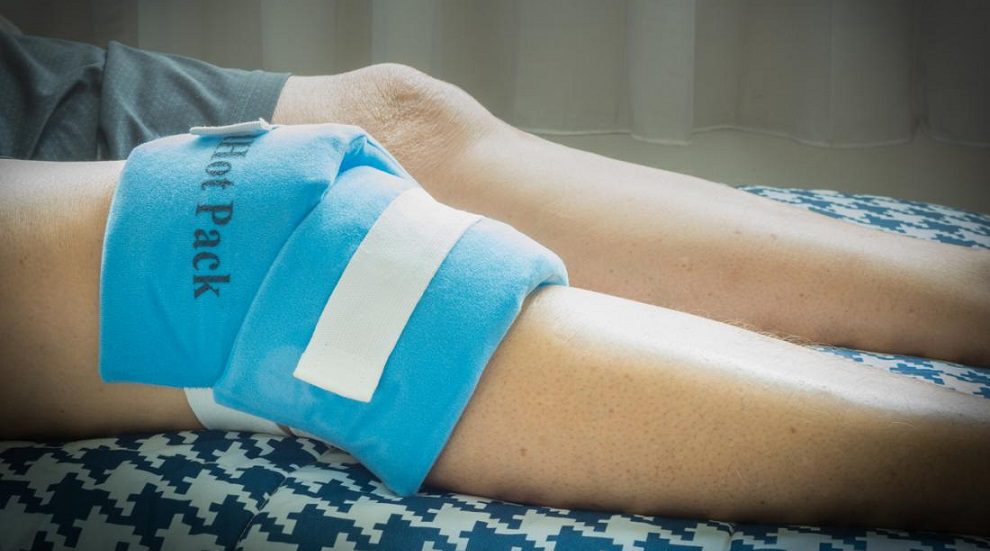AT one of my physiotherapy sessions last week, I overheard the woman sitting next to me telling her therapist that she’d applied a hot pack after she had fallen down and hurt her knee and ankle. I instinctively winced because putting a hot pack on a new injury would only make it worse.
Sprains and swelling should have ice packs or cold compress placed on them to help control inflammation and minimise swelling. It would also help control the pain by numbing the area.
It’s so easy to get confused over what to do, especially when you’re overwhelmed in the spur of the moment. Facts get muddled when we panic. Do we apply a cold pack or hot pack? How do we know what to do?
In her panicky state, all she remembered was: If it hurts, put a hot water bottle on it, thinking along the lines of a menstrual cramp. Nothing could be more wrong in her situation. She should have put an ice pack or something cold to bring the swelling down.
“I guess that’s why I’m here today and need treatment,” she said, gingerly rubbing her aching knee.
That was how a lively chat ensued between us— the patients, a few caregivers and the physiotherapists there. Everyone had something to contribute to the conversation, sharing experiences and debunking certain myths.
COLD CURE

As a general rule, ice is used for acute injuries, pain, inflammation and swelling, especially when it has just happened. Heat is used for muscle pain and stiffness, most often as post-treatment.
Cold packs or ice treatment is commonly used for acute injuries like ankle, knee or joint sprains, and injuries that have occurred within 48 hours. It’s also recommended for acute pain after intense exercise, and basic pain management for inflamed joints after a workout, especially for those suffering from osteoarthritis.
If you don’t have that neat ice pack, improvise by putting ice cubes in a plastic bag, cloth or towel. We often see slabs of steaks or bags of peas being used on television. These are precious food items and will not exactly be our first choice. But if there’s nothing else around, it would have to do. Putting a cold compress on the injured area is good for repairing tissue damage and inflammation.
HEAT TREATMENT

Hot packs or heat packs relieve sore muscles. It’s wonderful for relieving soreness, stiffness, cramps and duller persistent pain, especially around the lower back and shoulders. It’s recommended as a relaxing treatment that provides comfort to stiff joints.
Heat tends to bring more blood to the injured area. So if you apply heat when an injury happens, you could increase swelling. Just remember that heat shouldn’t be applied for the first 48 hours after an injury.
There are many products that can provide heat for a warm compress. The good old hot water bottle is still being sold but there are others like microwaveable beanbags and dual-purpose gel pads that can serve as either a hot or cold compress and are very handy to have around the house.
Written by Putri Juneita Johari
Source: NST









